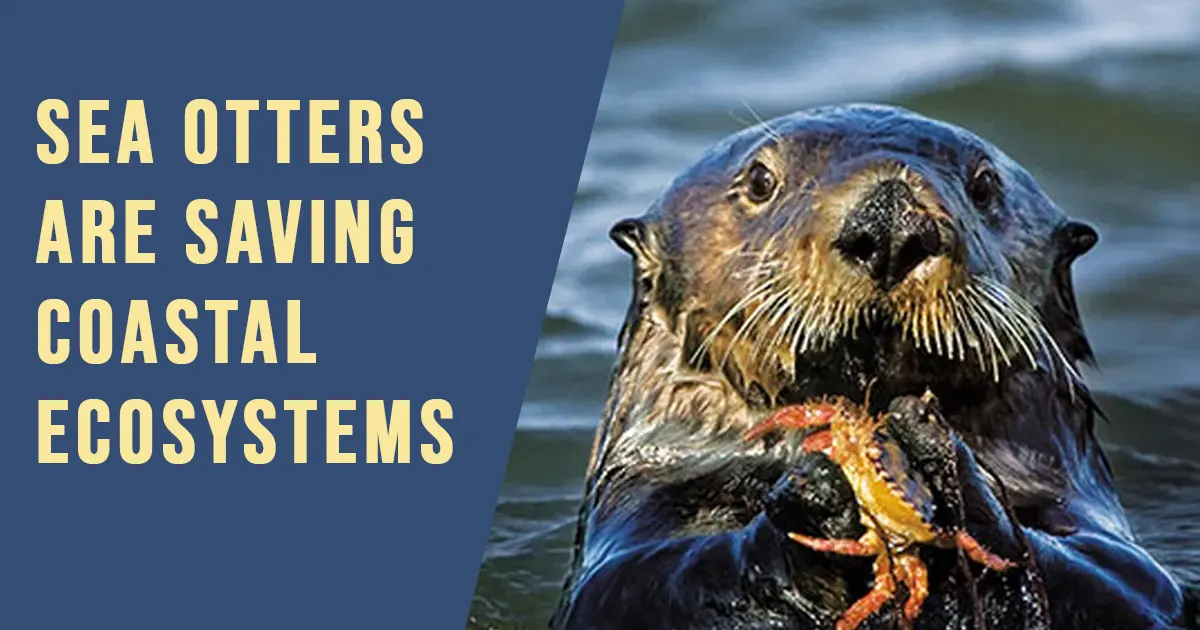GS 3 – Environment – Species

The recovering population of sea otters in California, especially in the Elkhorn Slough National Estuarine Research Reserve, has played a critical role in controlling the proliferation of invasive green crabs.
Sea Otters:
History:
-
- Heavily hunted in the 18th and 19th centuries for their dense fur.
- Declared a fully protected mammal in California in 1913, but faced challenges like oil spills and habitat loss.
- Population recovery began after being listed as threatened and federally protected in 1977.
Role in Ecosystem:
-
- Consume 50,000 to 120,000 green crabs annually, offering a natural solution to the invasive species problem on the U.S. West Coast.
- Unique Adaptations:
-
-
- High metabolism instead of blubber for insulation.
- Consume 25% of their body weight daily, making them effective predators.
-
Green Crab (Portunus sanguinolentus):
Habitat and Spread:
-
- Native to the Atlantic Ocean and Baltic Sea, now invasive in Australia, South America, and South Africa.
- Known globally as shore crab or green shore crab.
Physical Features:
-
- Size: Carapace width up to 90 mm at maturity.
- Coloration: Ranges from green, brown, and grey to red (red coloration indicates delayed moulting and increased aggression).
Diet: Feeds on small crustaceans, molluscs, and worms.
Impact on Coastal Ecosystems:
-
- Damages seagrass beds, vital habitats for marine species.
- Over-predation of prey species disrupts native species survival.
- Outcompetes native species for resources like food and habitat.




